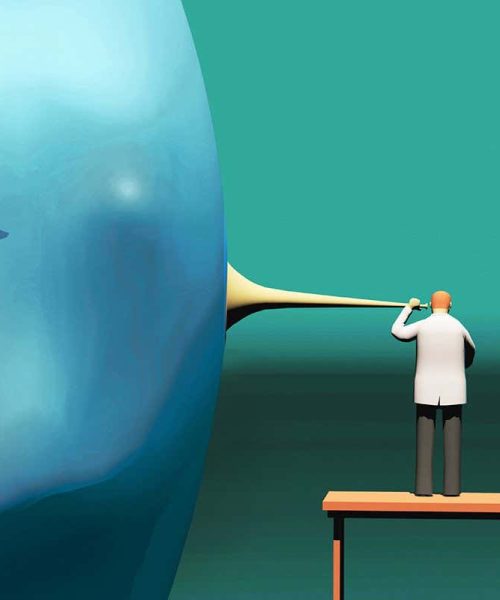
Signal transmitting neurons
Christoph Burgstedt/Alamy
WHETHER it is a fleeting ouch from brushing against a hot oven or a longer-lasting throb from a broken leg, pain gives us an evolutionary imperative for survival. Without it, we might allow our tissues to be singed and battered without a thought. Life-saving it may be, but pain can also be catastrophically debilitating.
And it is a growing problem. Life expectancy is increasing, but those extra years are often associated with poorer health. Of all medical afflictions, the most common is pain, in particular chronic pain that lasts for more than three months (see “Viewing chronic pain as its own illness is providing better treatments “). We desperately lack effective treatments, and the ones we have bring their own problems, as evidenced by the opioid epidemic still ravaging the US, where the rate of opioid-related deaths increased by a third between 2020 and 2021. Pain is an increasingly challenging global health issue, hence the need for a better understanding of the experience, what causes it and how to treat it.
Remarkably, it is only relatively recently that we established a good picture of how and where the sensation of pain is created. On a basic level, this feeling is triggered in a similar way to all our sensory contact with the world around us. Receptors at the ends of sensory neurons collect information from the skin, muscles, organs, joints and any other parts of the body exposed to sensory stimuli, such as temperature, vibration and pressure. These neurons extend to clusters known as dorsal root …





